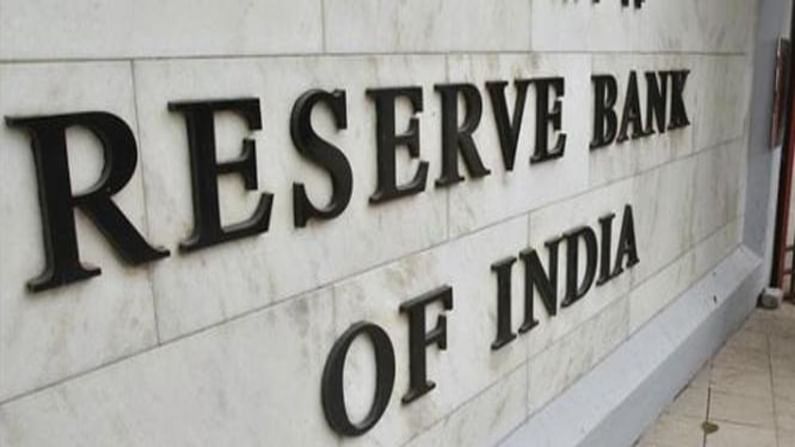RBI may keep rates unchanged for the seventh time; here's what you should look out for in MPC review tom
RBI will be evaluating two key questions - what is the outlook on economic (GDP) growth and, what is the outlook on retail inflation

The Reserve Bank of India’s bi-monthly monetary policy review is underway and the Monetary Policy Committee will unveil its decisions tomorrow. There is a wide expectation that the RBI will keep the repo and reverse repo rates unchanged on the back of the fear of the third COVID-19 wave. In case of a status quo, this will be the seventh time when the RBI would keep its policy unchanged. That being likely the market will still want to know the central bank’s thinking about the economy in the coronavirus pandemic.
“The MPC would likely continue with the accommodative stance and maintain the rates unchanged as the economy is still in the recovery phase. The fear of the third wave would also force the RBI to continue with the growth-supporting measures. However, the rising inflation rate in the domestic economy is a worry. And, one needs to closely whether there will be an indication of the normalization of monetary policy”, said Deepthi Mathew, Economist at Geojit Financial Services
What to look for beyond interest rates in RBI policy ?
Policy Stance
Communicating the policy stance and providing forward guidance will be the toughest tasks for the monetary policy committee (MPC) in this week’s policy review.
With the domestic economic landscape being fraught with uncertainties, there is a strong case for continued policy support. The RBI MPC is likely to keep the policy accommodative, maintaining comfortable liquidity in the system.
However, some experts say there could be some steps towards normalisation of liquidity. The tone on continuing an accommodative stance “as long as necessary to revive and sustain growth on a durable basis” will be keenly watched.
Inflation & Growth
The RBI will be evaluating two key questions – what is the outlook on economic (GDP) growth and secondly, what is the outlook on retail inflation.
The combination of elevated commodity prices, Covid related disruptions, vaccination progress, and policy support-led economic revival has resulted in an acceleration in inflation in most countries including India.
The RBI is legally mandated to keep the inflation rate between 2% and 6%. Now, if inflation is within the desired range, it tries to do whatever it can to boost economic growth. The benchmark CPI inflation in India has remained above 6.0% over the months of May and June and is likely to remain sticky in the near future.
When inflation is too high, the RBI typically increases the interest rate, thus incentivising consumers to keep their money in their bank accounts (instead of spending it) while also making it costlier for businesses to take out new loans.
The odd thing with the RBI policy lately is that India’s GDP growth has been stalling even as the inflation rate has spiked. Up until now, faced with this impossible choice, RBI has favoured boosting GDP growth over containing inflation. As per most analyst views – the inflation outlook for FY22 could see a revision from the forecasted 5.1% and the GDP growth outlook for FY22 is unlikely to be revised (from 9.5%).